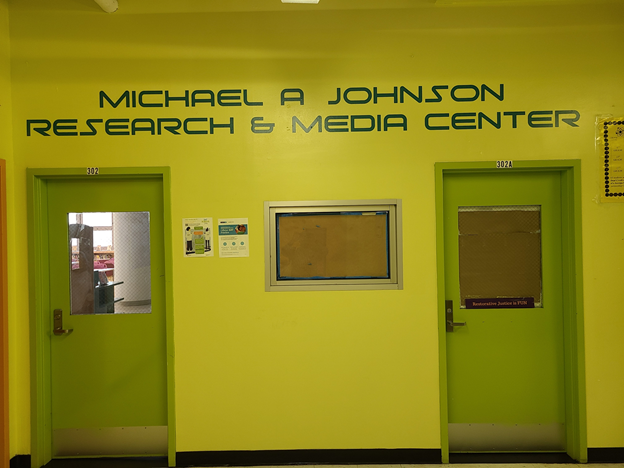“There seems to be a lot in our brains and animal brains that is directional — that neural signals move in a particular direction, then stop, and start somewhere else,” said Dr. Giulio Tononi, a psychiatry professor and neuroscientist at the University of Wisconsin-Madison and one of the study’s co-authors. “I think this is really a new theme that had not been explored. The finding, published in the November issue of the journal NeuroImage, may lead to a better understanding of how the brain processes short-term memories and how memory is connected to imagination, the researchers said.”….. http://www.livescience.com/49244-imagination-reality-brain-flow-direction.html?
I really think that schools of education should invest some serious resources and energy into the study of Brain Science, since this knowledge is at the core of teaching and learning. Unfortunately, in many of our public schools we are operating with antiquated models of how the brain actually works. This old and “out of focus” view is no doubt delivering large amounts of pedagogical malpractice to large numbers of children. Poor children, ESL students, and children of color suffer the most from this theoretical neglect. The schools these children attend will most likely spend a lot of time focused on badly organized and educationally ineffective standardized “test-prep” methods; to the exclusion of the imagination stimulating skills of: a library experience, reading for pleasure-reading fiction, music, dance, drama, creative writing, drawing-painting-sculpture, and foreign language-world cultural studies. The irony is that the “imaginative studies” (Imagination stimulating activities) would actually make them better performers on standardized exams! Schools are essentially (under the guise of budget cuts) reducing the programs and studies that would raise academic achievement on standardized exams; and instead expanding the activities (test-prep monotony) that will lower their performance on these exams. The students of parents who provide them with access to these creative activities in an informal educational setting (after-school, weekends, school breaks and the summer); will always maintain an academic advantage (that will only grow over time) over those students who don’t have access, for whatever reason, to these knowledge building, mental skills enhancing, imagination expanding activities. Unless, that is, the school steps in to close the gap! This article (and the larger study) gives educators something to think (or imagine) about…. This is why I have always said that the winning formula for invention and innovation (short version: “smartness”) is: STEM + English Language Arts + Creative, Graphic and Performing Arts!
